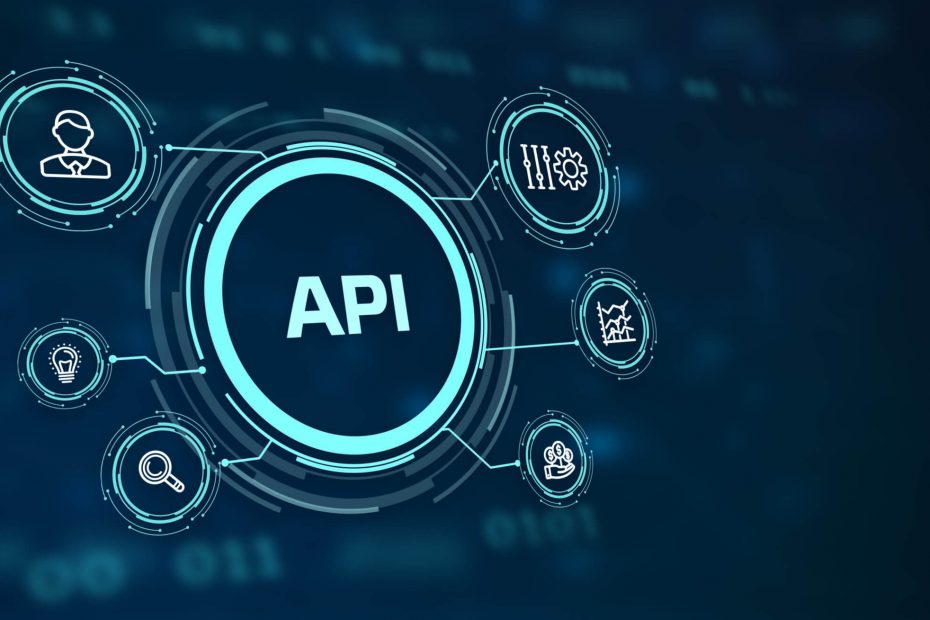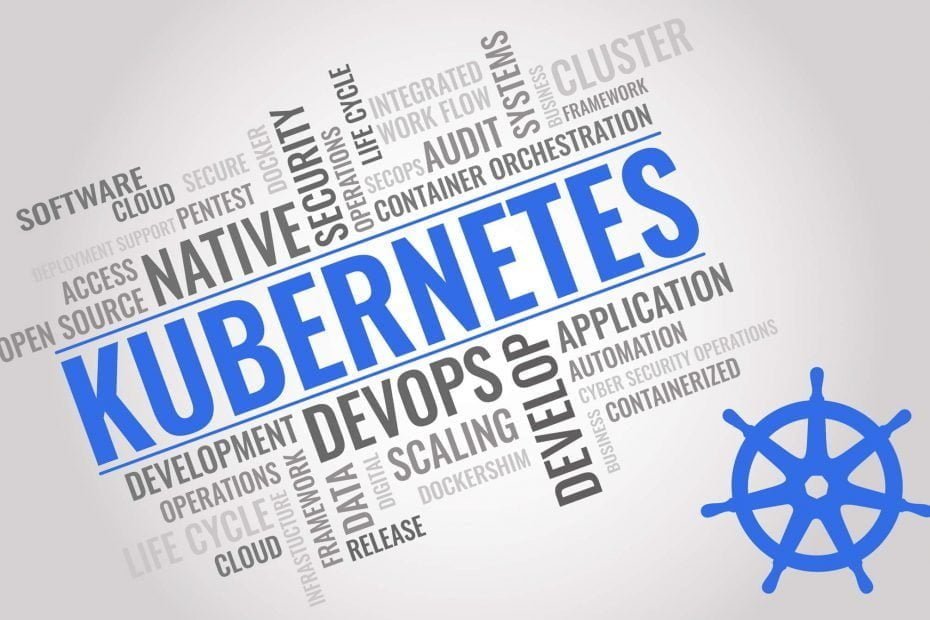What is an API? | An Introduction to Application Program Interfaces
For people outside the tech industry, an API is an obscure concept that’s often misunderstood. Businesses that serve users over the internet often package their APIs as products; for example, access to Bloomberg’s server API requires an active account on Bloomberg and runs a company upwards of thousands of dollars. What role does the API play for the companies that… Continue readingWhat is an API? | An Introduction to Application Program Interfaces









